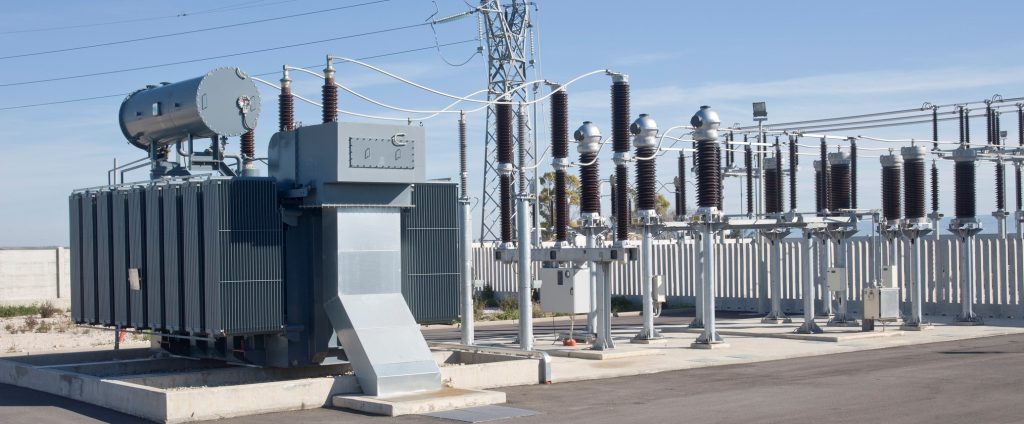Understanding Transformer Inrush
Introduction
As part of the process for connecting new distributed generation plants to the distribution network, connection applicants must ensure that the generation plant complies with the requirements of the Distribution Code and the conditions set out in the connection offer. One of the condition precedents in all the connection offers issued by network operators is the compliance with Engineering Technical Recommendation P28. P28 is concerned with flicker on an electrical network and it addresses voltage transient events that can cause nuisance on the public supply network, setting limits for new connections that should not be exceeded. One of the transient events that requires particular attention when assessing P28 compliance is transformer inrush. Transformer inrush is a phenomenon that occurs when the magnetic core of the transformer saturates, causing it to draw currents that are multiple times the transformer's full load current, thereby causing significant transient undervoltage disturbances.

Plant Design and Transformer Inrush
Transformer inrush is a well-known phenomenon but energy developers and electrical design engineers are often unaware of how plant design considerations or the choice of electrical equipment can affect the significance of transformer inrush effects. Most distributed generation plant designs tend to fall into one of two main categories:
- LV generation / multiple small transformers
- HV generation / large single export transformer
LV generation / multiple small transformers
In installations where the power is generated at LV, a number of transformers is required to step up the generator voltage from LV to the connection voltage (11 kV or 33 kV). This design usually leads to a larger number of generating units, transformers and circuit breakers compared to HV generating plants. As such, combining multiple transformers into a single circuit breaker can bring about significant cost savings but introduce a significant risk of failing to comply with P28 especially in cases when the plant connects to weaker parts of the network. In this type of installation with multiple smaller transformers, there are a number of events that can result in an inrush event, such as scheduled switching for plant maintenance, reconnection following loss of mains (G59) events, or reconnection after faults. Since the frequency of transient events in these installations is likely to exceed once a year, it is crucial to determine the likelihood of exceeding the 3 % voltage drop limit caused by the energisation of a single transformer. This result will determine whether the number of circuit breakers in the installation can be reduced or whether other inrush mitigation measures will be required to achieve compliance.
HV generation / large single export transformer
When the power is produced at HV, it might still be necessary to include an export transformer to match the connection voltage (i.e. installations generating at 11 kV and connected to the 33 KV or 132 kV network). Larger installations where the power is generated at LV and exported at 132 kV will also require a main export transformer and therefore also fall into this category. In this type of installation, an inrush event is only likely to occur upon commissioning of the plant, scheduled maintenance and unplanned outages, and as such, a 10 % voltage change limit applies. In order to ensure that the plant is compliant with P28, it is important to obtain the minimum fault level from the DNO as well as the transformer inrush values from the manufacturer. These two pieces of information will allow PSE 2 Consulting to undertake a preliminary P28 assessment and determine the magnitude of the voltage drop produced by the main export transformer upon energisation.
Conclusion
The electrical plant design and the transformer characteristics will impact the magnitude of the voltage drops caused by inrush events. Any potential issues due to excessive voltage drops can be addressed early in the design process by undertaking a P28 compliance assessment. Failing to undertake this analysis could potentially result in costly and disruptive corrective measures and cause otherwise avoidable delays in the connection process. PSE 2 Consulting can assist customers throughout the design and connection process by producing electrical designs and equipment specifications, evaluating tender offers and carrying out connection studies. To discover more about transformer inrush, connection studies and electrical design in general contact us on the link below.
Find out more about our Power System Analysis services and Grid Connection Studies.
